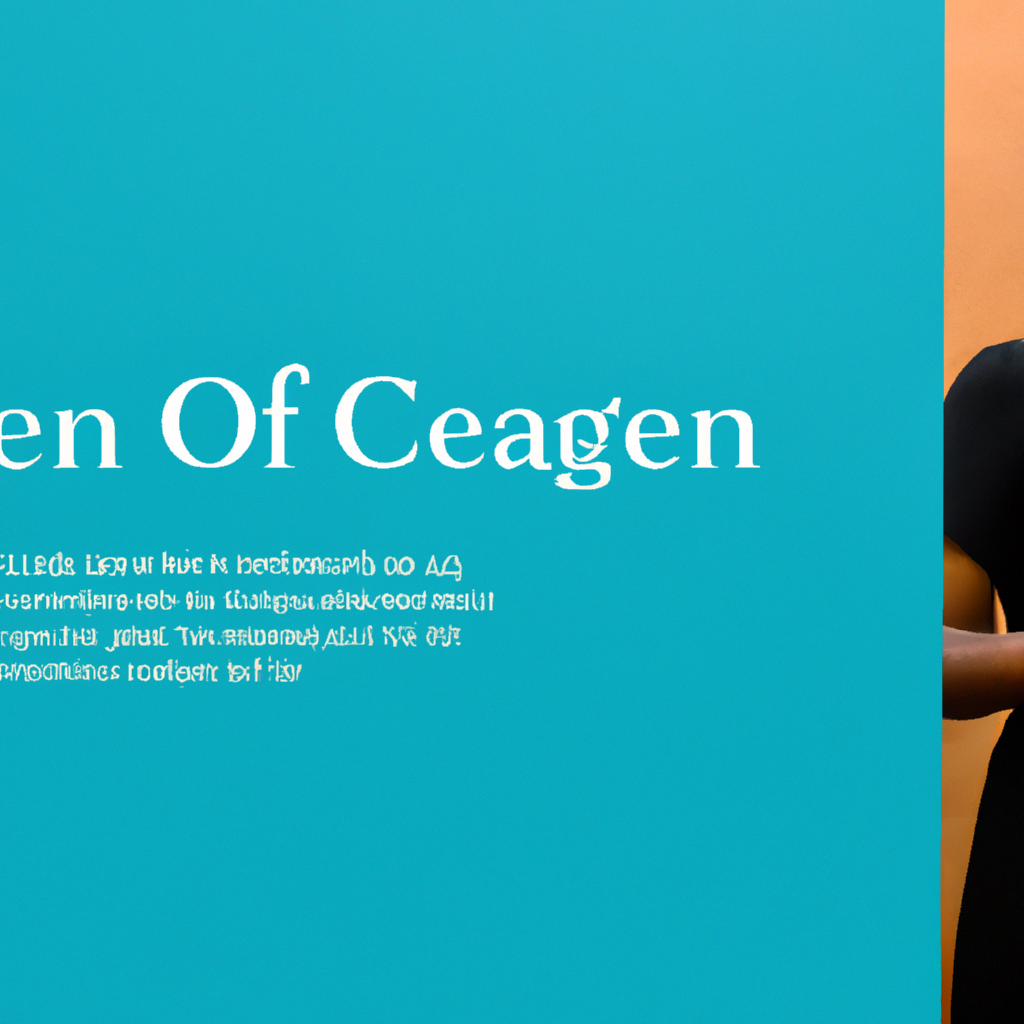
In the vibrant whirl of New York's art scene, a remarkable voice emerges from the South, bringing with it the profound pulsations of cultural heritage and contemporary commentary. Demond Melancon, a New Orleans-based artist known for his intricate beadwork and transformative Mardi Gras suits, currently showcases his artworks at the prestigious Sydney Biennale, bridging oceans and dialogues through the medium of visual splendor.
The essence of Melancon's artistry lies in the meticulous construction of Mardi Gras suits—a tradition steeped in the rich history of New Orleans’ Black Masking Indians. These elaborate creations are more than mere costumes; they are vibrant narratives woven from the threads of African-American resilience and artistic defiance. Each suit, a canvas in itself, takes upwards of a year to complete, reflecting a dedication that is as much a ritual as it is a statement of identity.
Beyond the spectacle of sequins and feathers, Melancon's beadwork paintings propose a more introspective journey. These panels are intricate mosaics of color and texture, capturing scenes that tell stories of cultural endurance and personal challenge. Through this beadwork, Melancon manipulates the interplay between representation and opacity, inviting the viewer to look deeper and question the surface narrative.
The Sydney Biennale, a contemporary art exhibition that engages with the most crucial issues and ideas at the frontier of artistic discourse, serves as an ideal backdrop for Melancon’s artworks. His pieces resonate with the Biennale’s theme of alterity and coincide with global conversations around race, identity, and visibility. The festival, known for its commitment to showcasing innovative and thought-provoking art, provides a platform where Melancon’s creations spar with and contribute to the international art dialogue.
In Melancon’s work, every bead, every hue, and every pattern carries a weight of history and an aspiration of the future. His representations challenge the viewer to reconcile the glaring vibrancy of Mardi Gras with the nuanced shades of social commentary, thereby crafting a visual dialect that speaks on both aesthetic and sociopolitical levels. This balance of pomp and profundity captures the essence of Melancon’s artistic inquiry: the tension between what is immediately seen and what is deeply signified.
To witness Demond Melancon’s work is to engage with layers of meaning that compel the viewer to transcend traditional interpretations of art and culture. As these creations adorn the spaces of the Sydney Biennale, they echo the rhythmic beats of New Orleans, reminding us that art not only crosses oceans but also builds bridges over them.